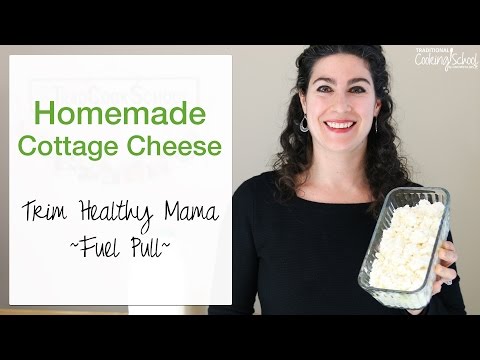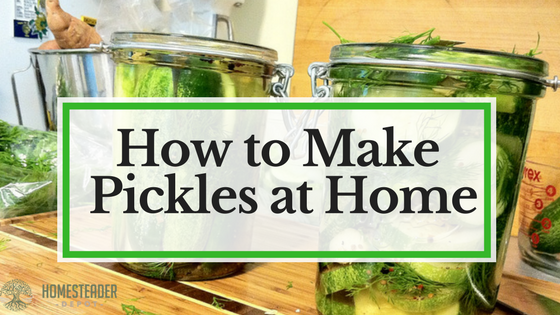How to Make a Silkworm Habitat (Video)
One of the more obscure “animals” you can raise on your homestead, especially if you’d like to think about making a profit in the long-term, is silkworms. These little critters are where pure silk comes from, and, like bees, it’s common for them to be raised in indoor or artificial habitats so that their silk can be … Read more








